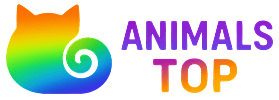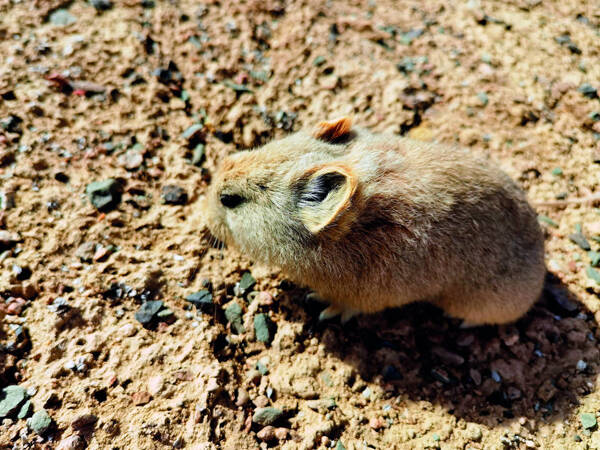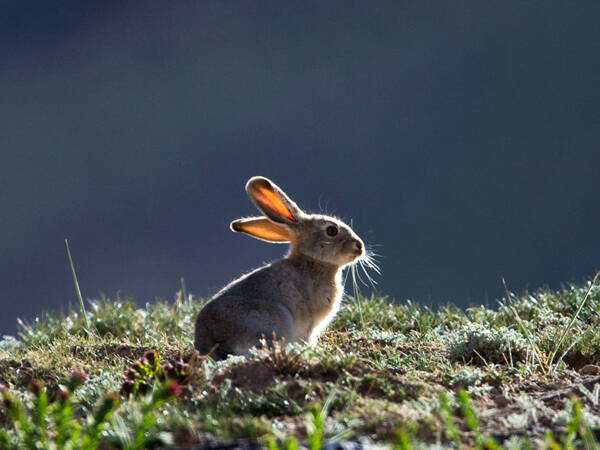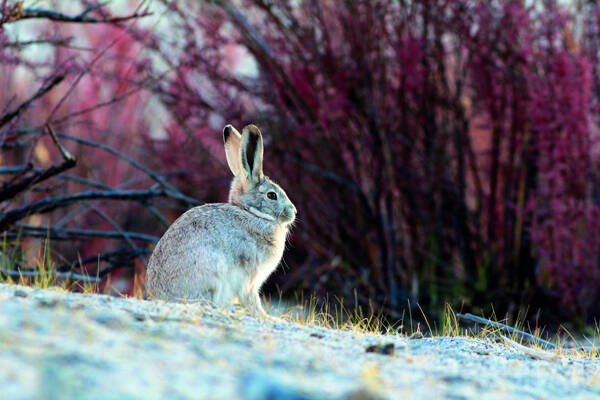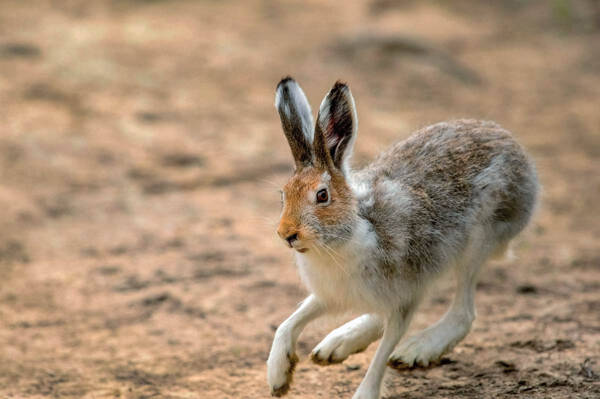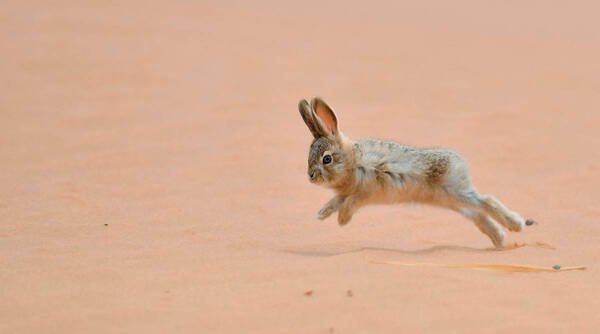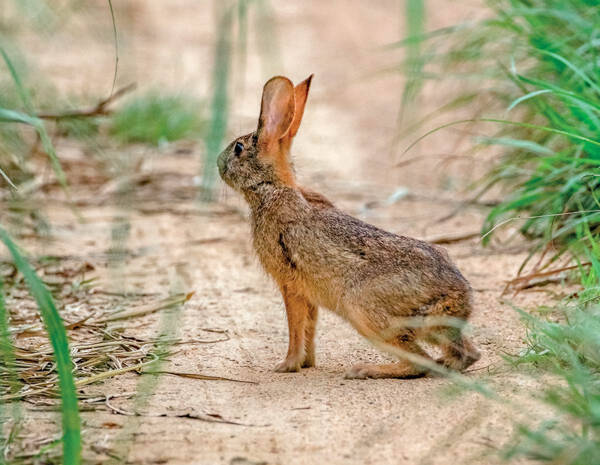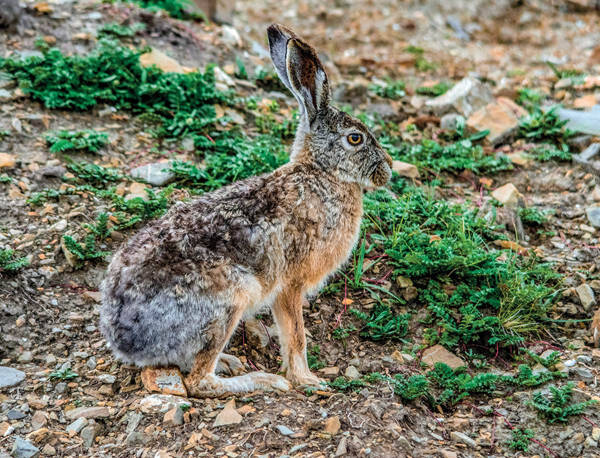Ochotona macrotis
IUCN
LCBasic Information
Scientific classification
- name:Ochotona macrotis
- Scientific Name:Ochotona macrotis,Steppe pika, Mongolian pika, Dauri rabbit, Pika, Singing mouse, Moss
- Outline:Lagoiformes
- Family:Lagomorpha Ochotonidae Ochotona
Vital signs
- length:150-200mm
- Weight:
- lifetime:
Feature
The appearance is stout, the ears are round and large, and there is no white burr.
Distribution and Habitat
It is distributed in Yunnan, Xinjiang, Tibet and Qinghai in China. It is distributed in Nepal abroad.
The big-eared pika is a typical grassland animal, generally living on sandy or semi-sandy hillsides, plains and alpine meadow plains.
Appearance
The individual is larger. Body length is about 190mm. Ears are large, 27-36mm. The entire body has a noticeable black tint. The front half of the body of specimens from southeastern Tibet has a more pronounced black tone; the big-eared pika in western Tibet is the largest, with an overall gray coat color and large yellow-brown patches on its head and back. But all big-eared pikas have a lot of hair on their ears, which is a distinctive feature. The fur on the abdomen of the body is lighter in color, and the tips of the fur on the abdomen of some specimens are white. In terms of skull, the incisor and palatine foramen of the big-eared pika merge into one large foramen, and there are two small oval foramen on the frontal bone.
Details
The big-eared mouse rabbit belongs to the subgenus <Conothoa> and is a larger species. It is easy to be confused with the gray mouse rabbit in classification. Their differences are mainly in the measurement of the skull. The auditory bulla of the big-eared mouse rabbit is relatively large, which is larger than 23% of the condylar nose length. The palate length is usually greater than 17mm. The nasal bone is longer than that of the gray mouse rabbit. The distribution area of this species is high-altitude virgin forest, alpine shrubs, and gravel beach habitats.
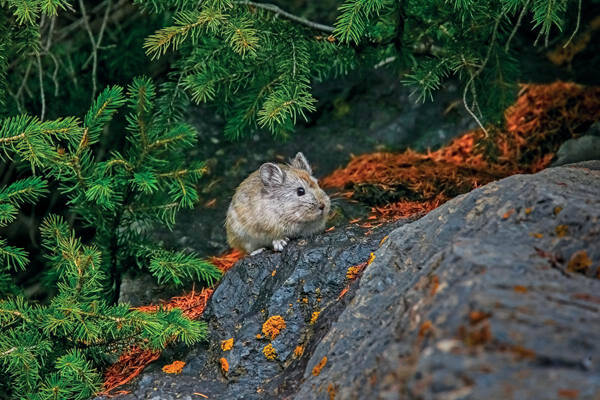
Big-eared pikas live in groups and caves. The cave system can be divided into simple caves (summer caves) and complex caves (winter caves). Most simple caves have only one hole and no warehouse. Complex caves have 3 to 6 circular to oval holes with a diameter of about 5 to 9 cm. There are spherical feces near the hole, fresh feces are grass yellow, old feces are gray-brown, and there is a mesh runway about 5 cm wide between the hole. The hole passage is at an angle of 30 to 40° to the ground, and extends about 50 cm and is parallel to the ground. The tunnel structure is complex, with many bends and a total length of about 3 to 10 meters. There is a nest in the middle of the tunnel, which is covered with broken grass and is flat. There are 1 to 3 warehouses not far from the cave entrance.
The big-eared rabbit has the habit of storing grass. It collects grass from July to September, and drags it into the cave to store it in the warehouse after it is half dried for wintering. It is active during the day. In summer, it is hot at noon, the surface temperature is high, and there are few activities outside the cave, so there are two peaks of activity in the morning and afternoon in a day; in winter, the time interval between the two peaks of activity is shortened. It does not hibernate. When there is snow, it digs a hole under the snow to continue activities. The entrance of the cave is open to the snow surface. When there is no wind, it likes to bask in the sun at the entrance of the cave.
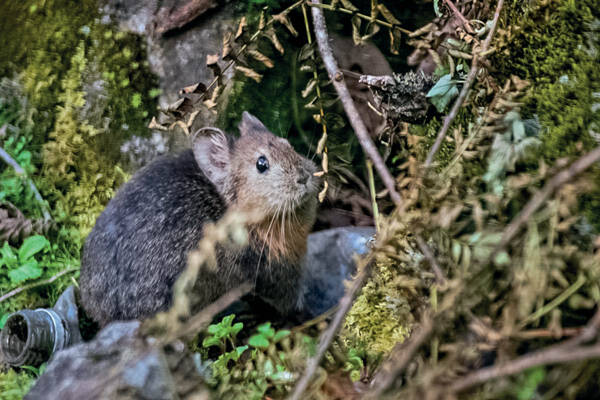
In Inner Mongolia, the breeding season is from April to October, with the highest breeding rate in June. Breeding occurs twice a year, with 5 to 6 pups per litter. The pups grow fur and open their eyes after 7 days, and begin to move around the cave.
The main natural enemies are the scorpionfish, silver mouse, musk mouse, yellow weasel and some birds of prey and snakes.
The species is listed in the 2013 IUCN Red List of Endangered Species ver3.1—Vulnerable (VU).
External parasites include fleas and hard ticks.
